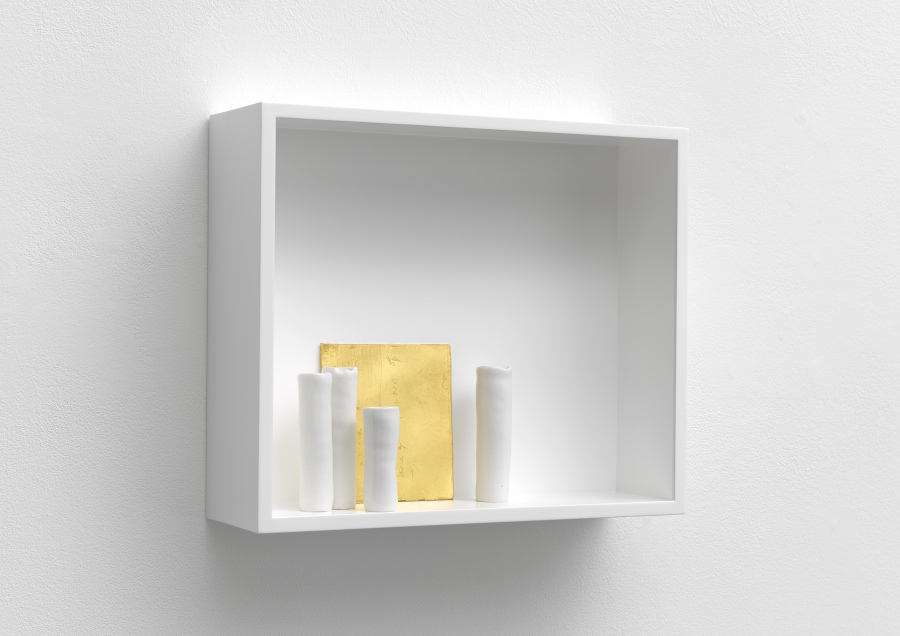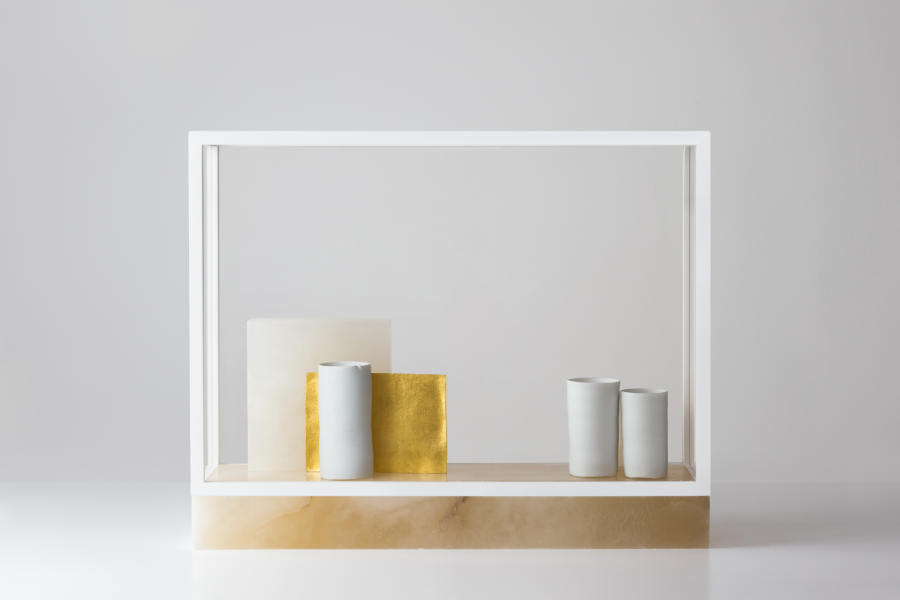Another baby-“lockdown” is rippling through my quiet home on the Prairies. All indoor social gatherings are banned. Outdoor social gatherings over 10 people are banned. No more summer-era “cohorts,” no more dinners in restaurants with anyone from outside your household. With Christmas holidays right around the corner, the younger-than-average population of Edmonton is finally taking the hint, at least in my humble social circles of professional-class 30-somethings. And even if it sounds like the deeper burbs and more rural part of the province are less gung-ho, the degree of social buy-in appears to be an order of magnitude higher than it was even just a few weeks ago.i
It’s nowhere near as extreme, uncertain, nor small-t-traumatising as March/April were, but with slushy streets and solitary walks the renewed name of the game, it feels all too much like spring again.
Despite business booming and the timely distraction provided thereby, what’s really keeping me entertained right now (and calm, as much as possible) is the work of no-doubt-future-Sir Edmund de Waal, the author of The Hare With Amber Eyes.ii As well as being a writer, de Waal is also a porcelain potter of exquisite sensitivityiii and I’m absolutely enamoured of his ceramic craft at the moment, to the point that I may have to add a piece or two of his to my collection in the very near future, if only to keep my mind from racing elsewhere.iv
What draws me to de Waal, you ask? For starters, his devotion to one material and one type of object just so perfectly embodies “practise,” the fundament of every artist’s evolution.v With this obsessiveness, de Waal conveys through his hands, and letters, a level of sophistication that can and does bring me to tears like little else.vi Not that de Waal invented iteration; Giacometti worked restlessly and tirelessly on his emaciated figures, Donald Judd worked repeatedly on the same sculptural forms with his stacks and specific objects, James Turrell does with his Skyspaces, as does Damien Hirst with his formaldehyded vitrines, but none of the others listed here have de Waal’s, well, Jewishness.vii
Descended from the Ephrussi family of Vienna, Edmund comes from notable, if not noble, stock, in that very specific chip-on-the-shoulder kind of way so frequently found in hyper-successful Jewish families from Europe and the New World between 1800-1938 in particular.viii What this brings to the artist’s table is a breadth that belies the apparently redundant repetition of forms; a depth emanating from generations long gone that understandably resonates; a purity revealed in porcelain; a purity masked by the blunt unfashionability of this millennia-old material in our cheap plastic world;ix a purity that denies the alluring simplicity of the devil dressed in nostalgic costume, a devil de Waal deliberately defies; the use of vitrines to create moments of pause;x a frame within which to contemplate, to meditate, to slow down, to come home…
Homecomingxi by Paul Celan
Snowfall, denser and denser,
dove-coloured as yesterday,
snowfall, as if even now you were sleeping.
White, stacked into distance.
Above it, endless,
the sleigh track of the lost.
Below, hidden,
presses up
what so hurts the eyes,
hill upon hill,
invisible.
On each,
fetched home into its today,
and I slipped away into dumbness:
wooden, a post.
There: a feeling,
blown across by the ice wind
attaching its dove- its snow-
coloured cloth as a flag.

known and handled, 2020, by Edmund de Waal. Porcelain, alabaster, gold, aluminium and plexiglass. 40 x 48 x 12 cm

in parenthesis I, 2019, by Edmund de Waal. 4 porcelain vessels and 1 porcelain tile with embossed handwritten text and gilding in an aluminium vitrine with TruVue museum glass. 28 x 33 x 10 cm

kin, enclosure, site, 2020, by Edmund de Waal. Porcelain, gold, alabaster, aluminium and plexiglass. 40 × 50 × 13 cm
___ ___ ___
- This despite the fact that COVID “cases” are exactly the same as they were a few weeks ago and the fact that the socioeconomic and human impacts are in no way measured so simply, nor so narrowly, nor so quickly. Indeed, the new “restrictions” being imposed are very much the same protestant “doing good has to hurt,” which obviously makes my blood fucking boil. Observing the arbitrariness of the new measures – like closing 30-person hot tubs at the gym instead of limiting it to just a small handful of people, or eliminating double-dates at restaurants – while doing nothing to stop super-spreader events like teenager and young adult house parties, really gets my panties in a twist. Like, why the fuck are good people
beingallowing themselves to be punished like this? I’m not even mad at the “restrictions,” I’m upset at the fucking sheeple I call “my community.” Mutations or not, why priviledge fear? Oh that’s right… ↩ - The Hare With Amber Eyes has been part of Pete’s Mega-Recommended Reading List since early 2018. Since the book came out in 2010, I wasn’t exactly ahead of the curve on this one, but the timing had to be right. Y’know what they say, timing isn’t everything, it’s the only thing. ↩
- de Waal is very clearly “neurodiverse” in the most magnificent way. He also reminds a bit of Wallace. ↩
- Some credit can also be given to Irish sculptor Kevin Francis Gray for calming my nerves of late. Carrara marble is Gray’s most recent medium, a material I simply adore for its purity, history, hardness, and durability – de Waal’s porcelain shares all but this final characteristic, as is happens – and Gray’s latest collection at Florence’s Museo Bardini is simply staggering for its reconfiguring of a material so sculptural made so apparently plastic (in the artistic sense of the word). ↩
- Regardless of whether that “artist” works with words, music, paint, clay, or the world of intangibles, there’s only one way to get to Carnegie Hall: practise, practise, practise! ↩
- I don’t think I’ve ever cried harder than I did at Yad Vashem. Why? Quite simply: the loss of accumulated culture to the world. Seeing a book recovered from a concentration camp with notes in the margins containing translations and philosophical reflections from what looked like six different languages was possibly the most painful and hurtful thing I’ve ever seen in my life. Even in the heart of the beast, in the heart of darkness, so strong was the pull to explore and so broad were the tools available to that book’s owner… and yet this life force was tragically denied to all future generations. Such loss of culture – of beauty – of artistry – of creative and thoughtful life – was a devastation that the world has in many ways been unable to recover from to this day. I wept for humanity that day in 2012, like I never have before, nor since. ↩
- At the acme of the fine arts world, at least as far as the artists themselves go, Jews are dare I say it a bit underrepresented, at least compared to a few other meter sticks that come to mind (eg. finance, medicine, physics, entertainment, jewelry, schmatta, etc.). Chagall, Rothko, and Modigliani are all present and accounted for in the fine arts, as are several others with perhaps one Jewish parent but a secular upbringing (eg. Serra, Calder, (Anni) Albers), but it’s left for the attentive reader to hypothesise why this creative profession doesn’t attract more yids. Is it that Jews prefer to be on the move (ie. “wandering”), in creation of dynamic objects rather than static ones?
While you’re noodling on that one, it must be admitted that de Waal’s father was a chaplain at the Church of England, so his upbringing surely wasn’t what you’d consider “conventionally jewish” but just listen to the guy speak and tell me you don’t see what I’m talking about. ↩
- See also Rothschilds, Warburgs, Lazards, Lehmans, Goldmans, Sachses, etc. ↩
- At this point you might be wondering, how can de Waal’s ceramic practise be so commercially successful when you’ve never heard of it? Well, dear reader, this is the difference between B2B and B2C. You’ve heard of the B2C guys like Abloh, Koons, and Kaws but the B2B guys are known mostly to curators. The popularisation of de Waal’s oeuvre is mostly on account of The Hare With Amber Eyes. His ceramics practise is really just along for the ride. Even if the two practises are inextricably intertwined, which they are, his writings are the mass market sunny side of the coin, and his ceramics are the shaded flip side left for the handful of cognoscenti to appreciate. ↩
- Vitrines also pull the Duchampian trick of making otherwise everyday items “art.” ↩
- December 1971. ↩

[…] 6 by Rilke via the supreme Edmund de Waal from a piece of his that we first saw on display at Musée Nissim de Camondo in Paris early last […]